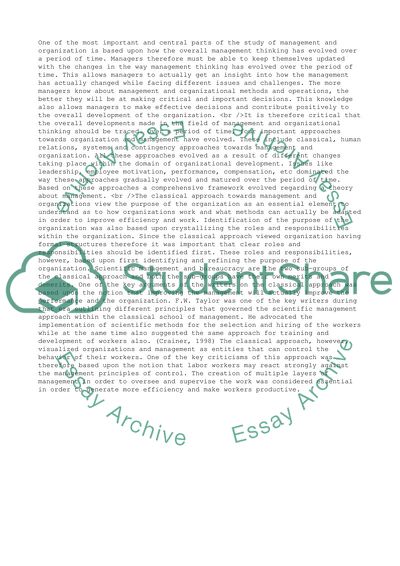Cite this document
(“Compare and Contrast the Classical, Human Relations, and Systems Essay”, n.d.)
Retrieved from https://studentshare.org/business/1445474-compare-and-contrast-the-classical-human-relations
Retrieved from https://studentshare.org/business/1445474-compare-and-contrast-the-classical-human-relations
(Compare and Contrast the Classical, Human Relations, and Systems Essay)
https://studentshare.org/business/1445474-compare-and-contrast-the-classical-human-relations.
https://studentshare.org/business/1445474-compare-and-contrast-the-classical-human-relations.
“Compare and Contrast the Classical, Human Relations, and Systems Essay”, n.d. https://studentshare.org/business/1445474-compare-and-contrast-the-classical-human-relations.


